By using 100% ethanol and storing the insect specimens in the fridge, we can keep the DNA usable for years. Because older collections are often all pinned, or their specimens are in formalin (which makes the DNA unusable) or 70% ethanol (which contains water that breaks down the DNA), our project will need some fresh specimens stored in 100% ethanol to be able to do any work on the DNA.
Today we learnt where to pick up ethanol from in the University, which will be handy when we go on our own field trip in Summer!
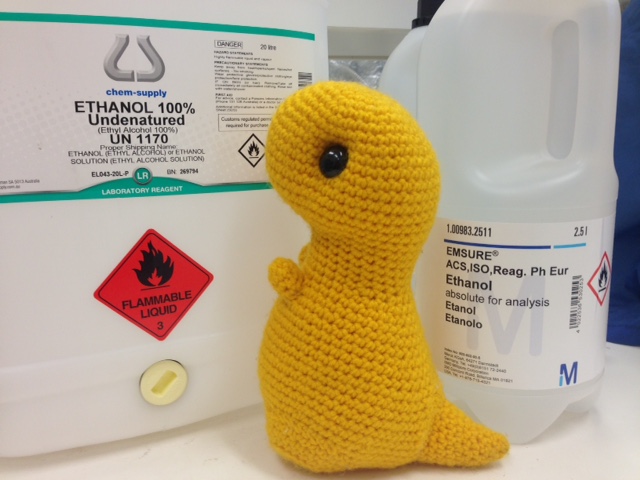
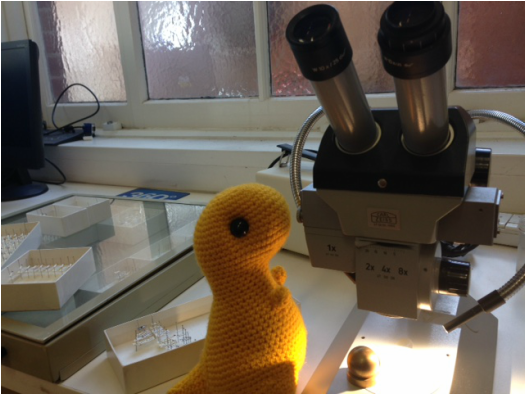
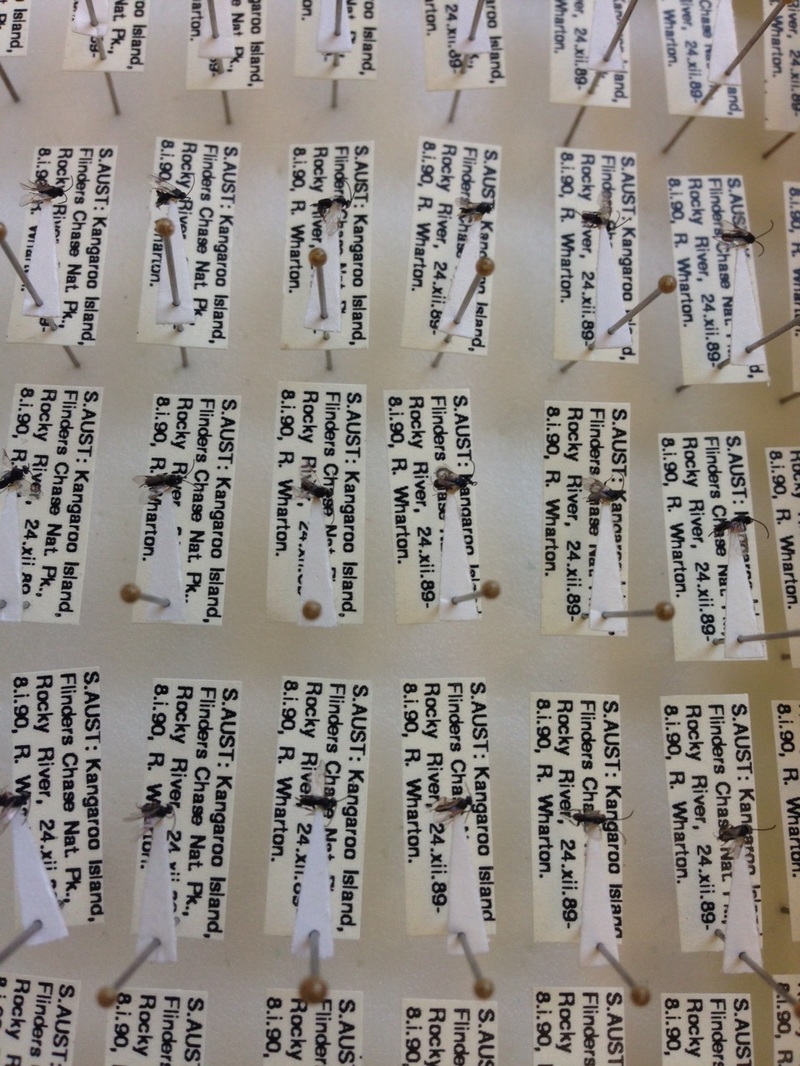
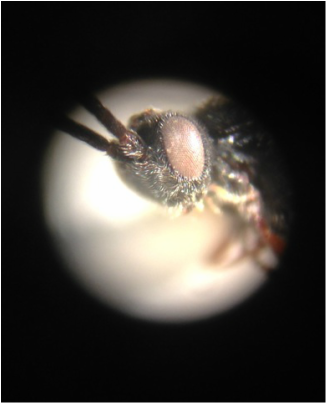
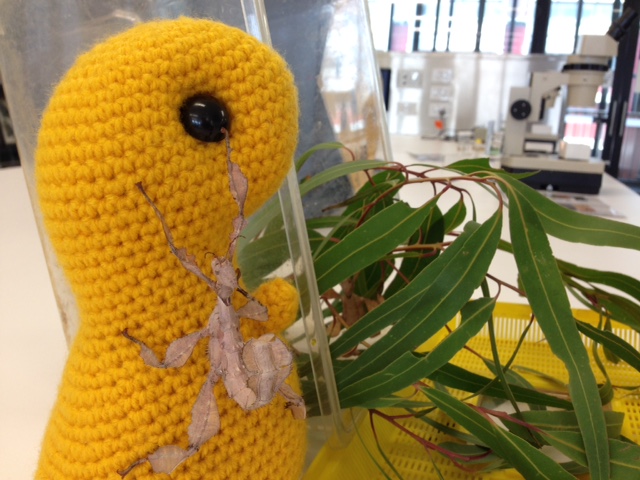
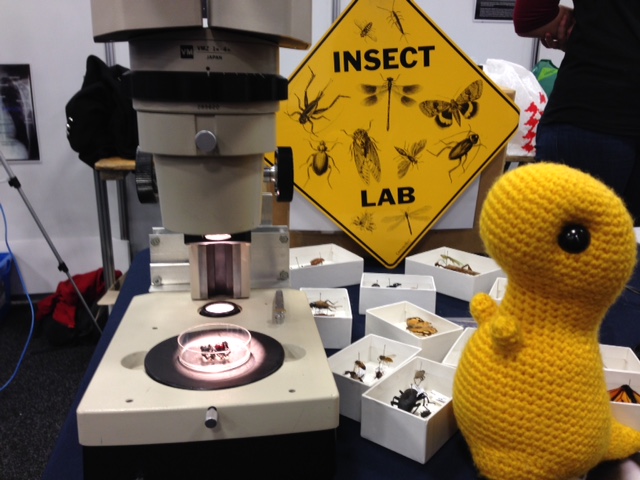

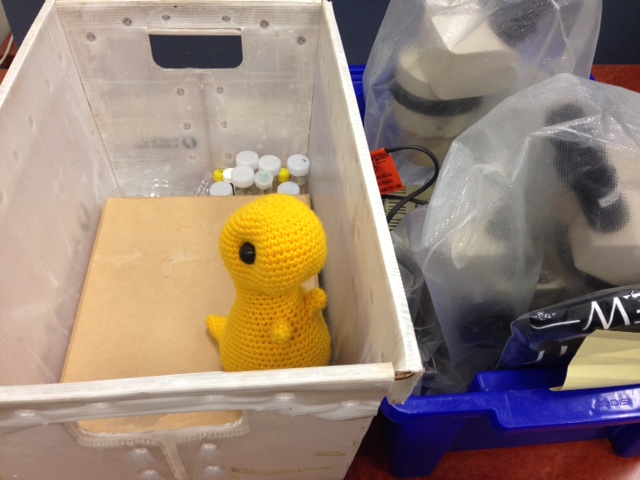

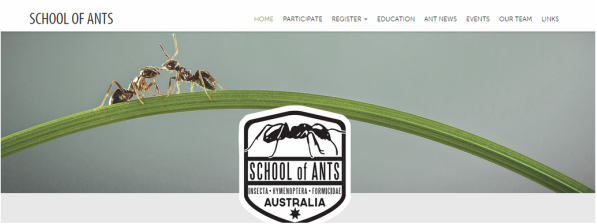
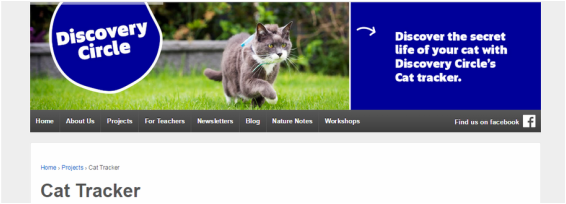
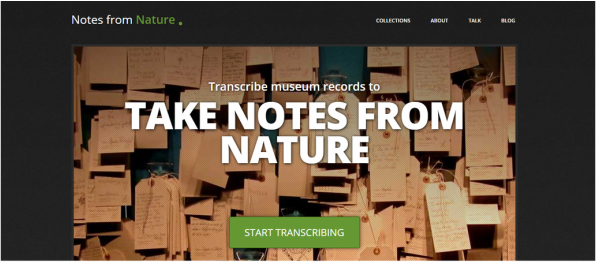
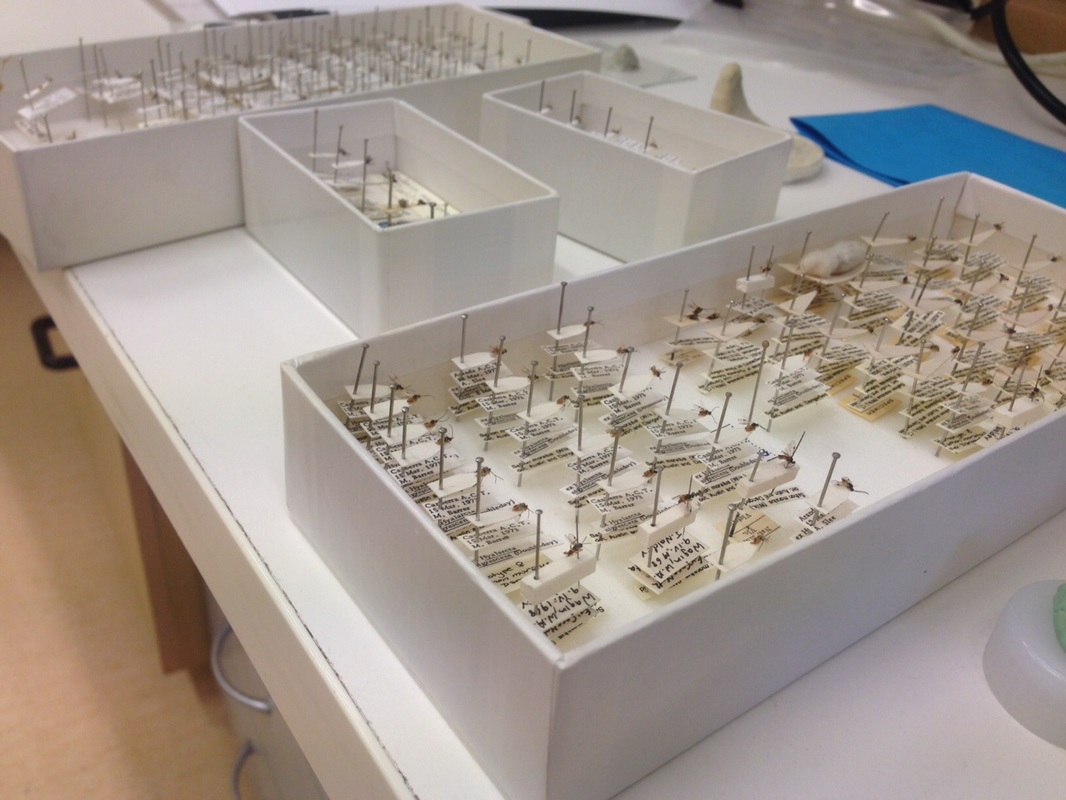
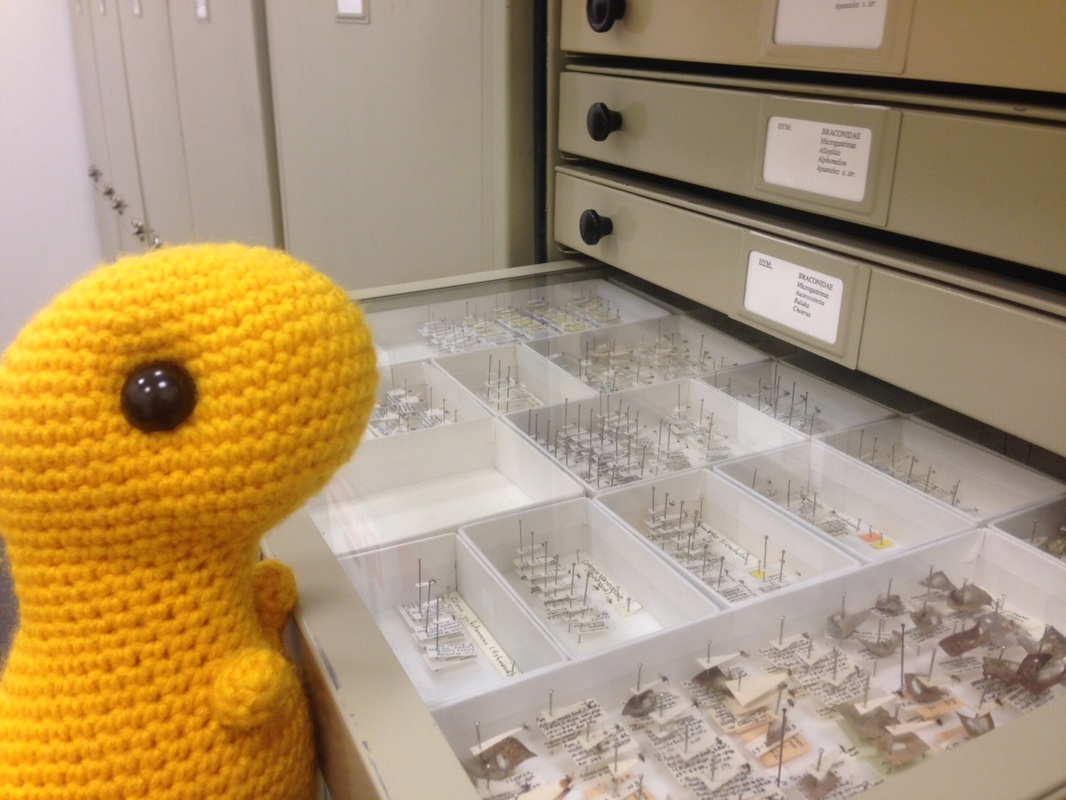
 RSS Feed
RSS Feed
